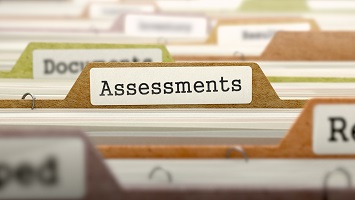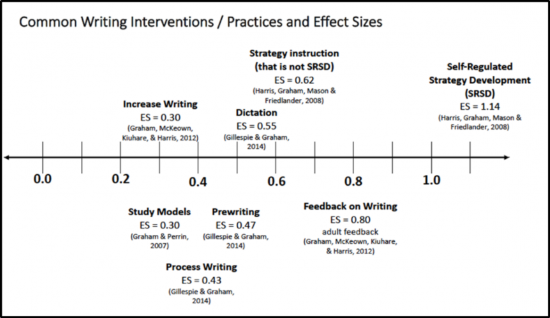This month’s Bright Spot comes from teachers from Katonah-Lewisboro, North Rockland and Irvington who attended a two-day training on Explicit Direct Instruction with RSE-TASC specialist, Ann Narcisse. One of the many strategies they learned was the use of “non-volunteers”.
What were students able to achieve?
When teachers used this practice during instruction, they noted that:
* “My students paid more attention. There was more participation and focus.“
* “Students anticipated being called on and made sure they were ready to respond and participate before being called on.”
* “Typical non-contributors were more engaged and answered questions.”
* “Students demonstrated greater understanding of new concepts and were providing correct/effective responses.”
What practices or systems made this possible?
All of these teachers created a method to choose and call on non-volunteers. They told students that instead of having them raise their hands to respond, they would be randomly calling on students. One teacher put student names on index cards on a ring; another put names on paint sticks and picked them from a jar. If a student didn’t know an answer, he or she was told that the teacher would come back to them for a second chance to respond after calling on other students. Students loved this and reminded teachers to use the strategy.
What can we learn from this Bright Spot?
Students are more engaged when expectations that all students will participate are built into lessons. With this simple strategy, students anticipate being called upon and are preparing and rehearsing answers and are engaged at all times. As this becomes common practice, students also learn that everyone makes mistakes sometimes, and that learning occurs from focusing, thinking, engaging and self-correcting.


 Data-Driven Decision-Making
Data-Driven Decision-Making  Increasing Post-School Success through Interagency Collaboration
Increasing Post-School Success through Interagency Collaboration  How Can We Improve Deeper Learning for Students with Disabilities?
How Can We Improve Deeper Learning for Students with Disabilities?  Positive Classroom Management: Creating an Environment for Learning
Positive Classroom Management: Creating an Environment for Learning  Self-Determination Skills Empower Students of All Ages
Self-Determination Skills Empower Students of All Ages  Fidelity of Implementation: What is it and Why does it Matter?
Fidelity of Implementation: What is it and Why does it Matter?  Rethinking Classroom Assessment
Rethinking Classroom Assessment  A Three-Step Approach to Identifying Developmentally Appropriate Practices
A Three-Step Approach to Identifying Developmentally Appropriate Practices  Transforming Evidence-Based Practices into Usable Innovations: A Case Study with SRSD
Transforming Evidence-Based Practices into Usable Innovations: A Case Study with SRSD